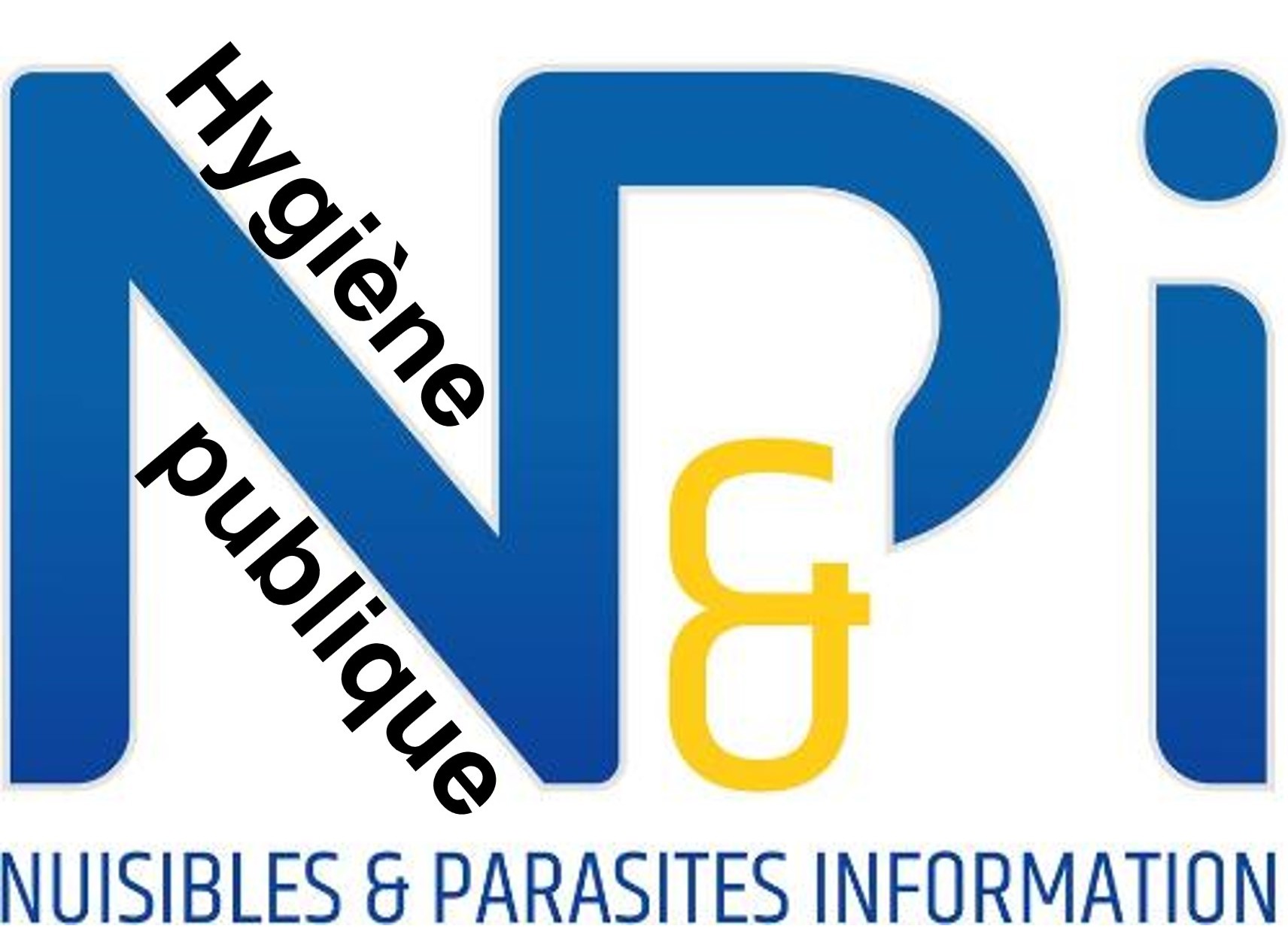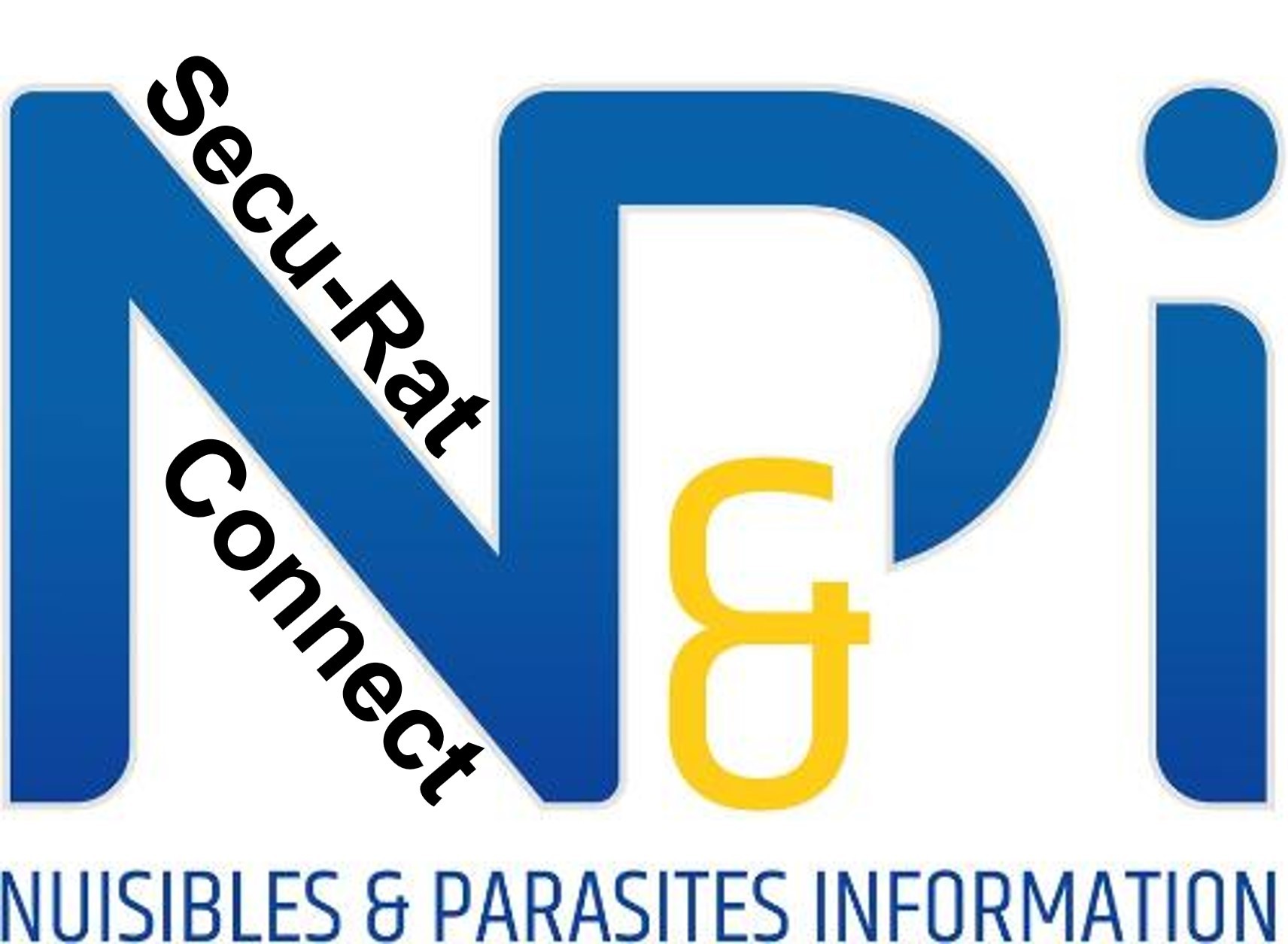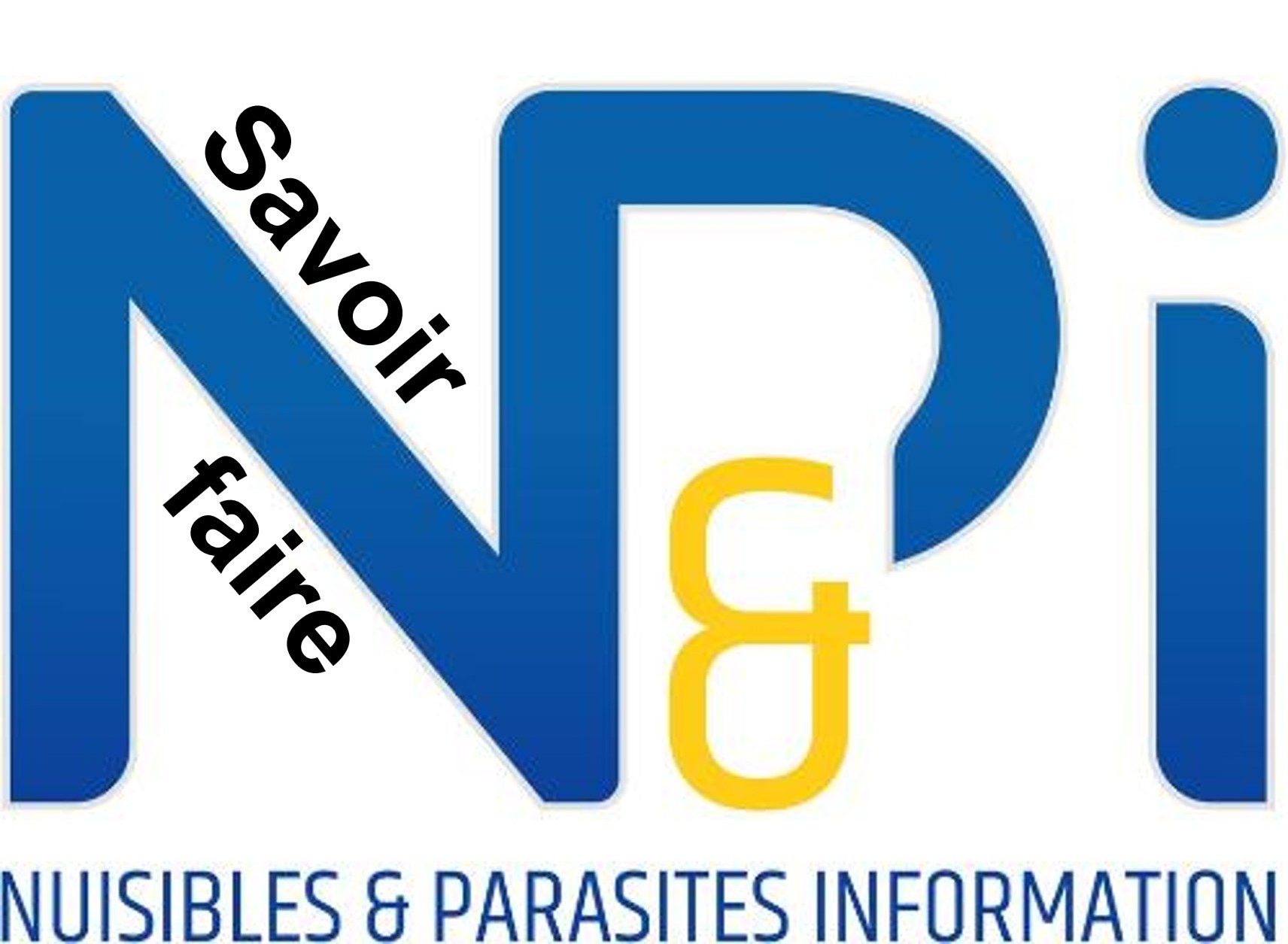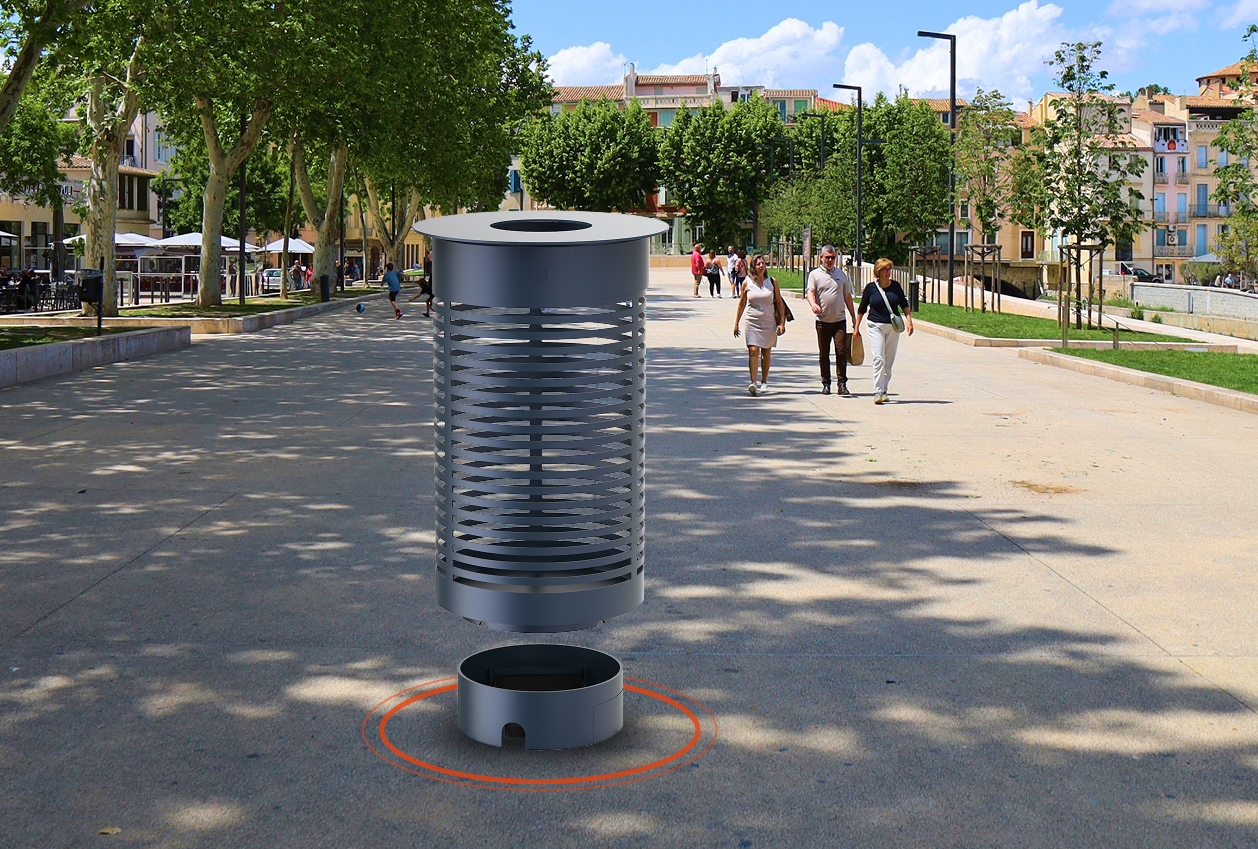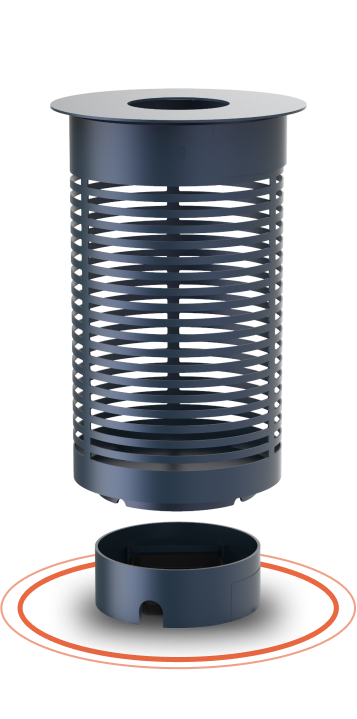

1st intelligent rat management system
Secu-rat transforms litter bins into a new means of detection and control that is effective, targeted and ethical, making it possible to limit the use of chemical baits.
They trust us







Detection, control and monitoring system for rat populations
Secu-rat is a tool for controlling rodent populations, enabling you to monitor and act directly on their feeding sites as soon as the first individual is detected. By limiting their access to food, you can control their population in advance.
Secu-rat
(adaptable to over 100 existing litter bin ranges )
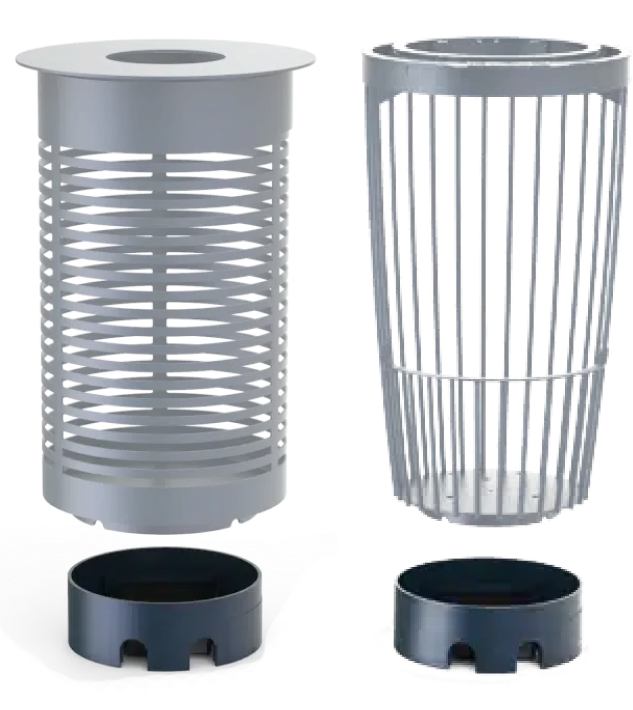
- Device to be placed under litter bins
- Discreet, secure rodent control
- Reduction of rodenticide baits
- Mechanical trapping and rodenticide baits
- Patented multiple sensors
- 4 hours online training
- Field audit by an expert
- Checking palatability
- Access to the data platform
- Device maintenance
- Monthly statistical report
- 4h/year dedicated hotline
Secu-rat +
SECU-RAT connect

- Device to be placed under litter bins
- Discreet, secure rodent control
- Reduction of rodenticide baits
- Mechanical trapping and rodenticide baits
- Patented multiple sensors
- 4 hours online training
- Field audit by an expert
- Checking palatability
- Access to the data platform
- Device maintenance
- Monthly statistical report
- 4h/year dedicated hotline
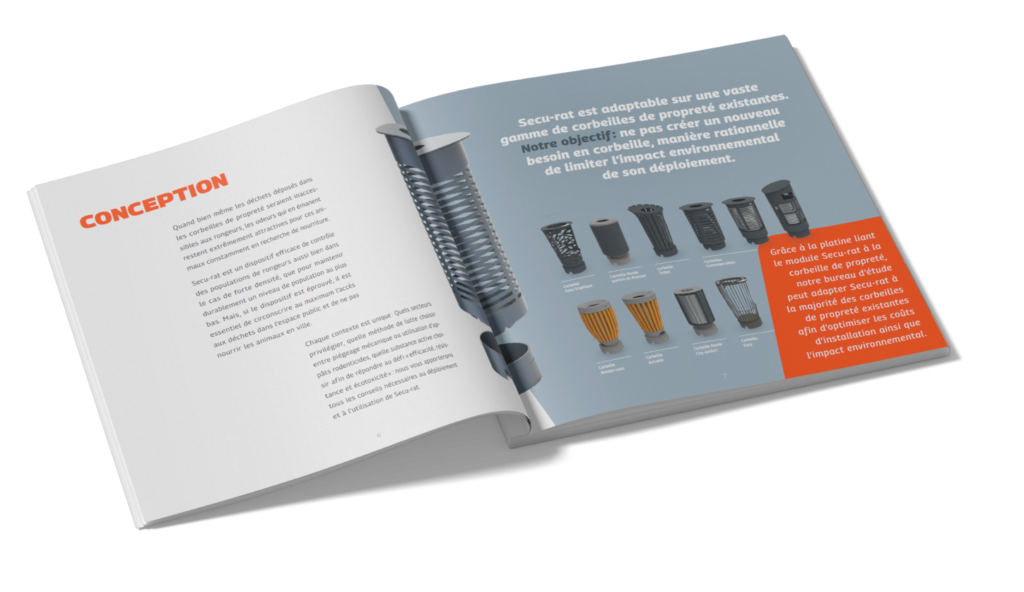
Don't have any litter bins or would you like to replace them?
We offer a wide range of bins compatible with our SECU-RAT system.
You are a...
Before SECU-RAT, rats were visible in broad daylight and people were afraid to empty their bins
The tests were carried out in different habitats: near green spaces and bushes, near flower meadows, along the banks of rivers and lakes, in car parks, picnic areas and near children’s play areas.
Two towns are being tested, one with a population of 20,000 and the other with 180,000. The effectiveness of the 4 types of prototypes was tested by comparing the use of each device with that of secure bait boxes placed in strategic locations.
Our measurements covered both the quantity of placebo baits consumed inside each device (baits with no active substance), and also the number of people using the devices by presence detection and video monitoring, in order to come up with a scientifically validated product.
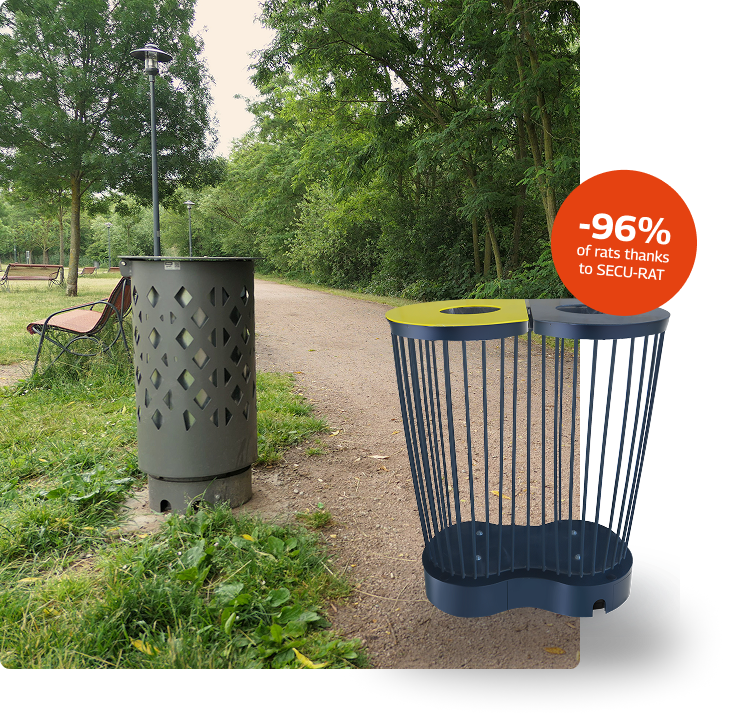
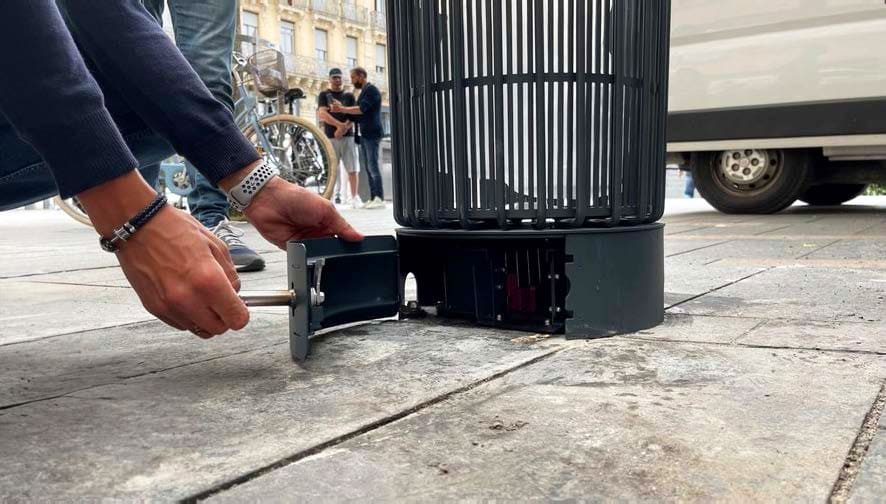
About SECU-RAT
SECU-RAT is a litter bin extension that can be placed directly under litter bins, where rodents prefer to live.
Patented and adaptable to a wide range of existing litter bins, SECU-RAT meets social, economic, environmental and health needs.
The system has been tested in several towns and cities, won awards and been scientifically validated so that it can be fully integrated into an “Integrated Pest Management” approach.
A 100%
innovative team
An idea can give rise to many things, but it’s only when the right people come together with the right will that projects become reality.
It took 3 years to develop Secu-rat, from the idea to the first prototype, then to its deployment for field testing in several towns, including the scientific validation of the results, adjustments, technical choices and the rationalisation of materials with a view to eco-design.
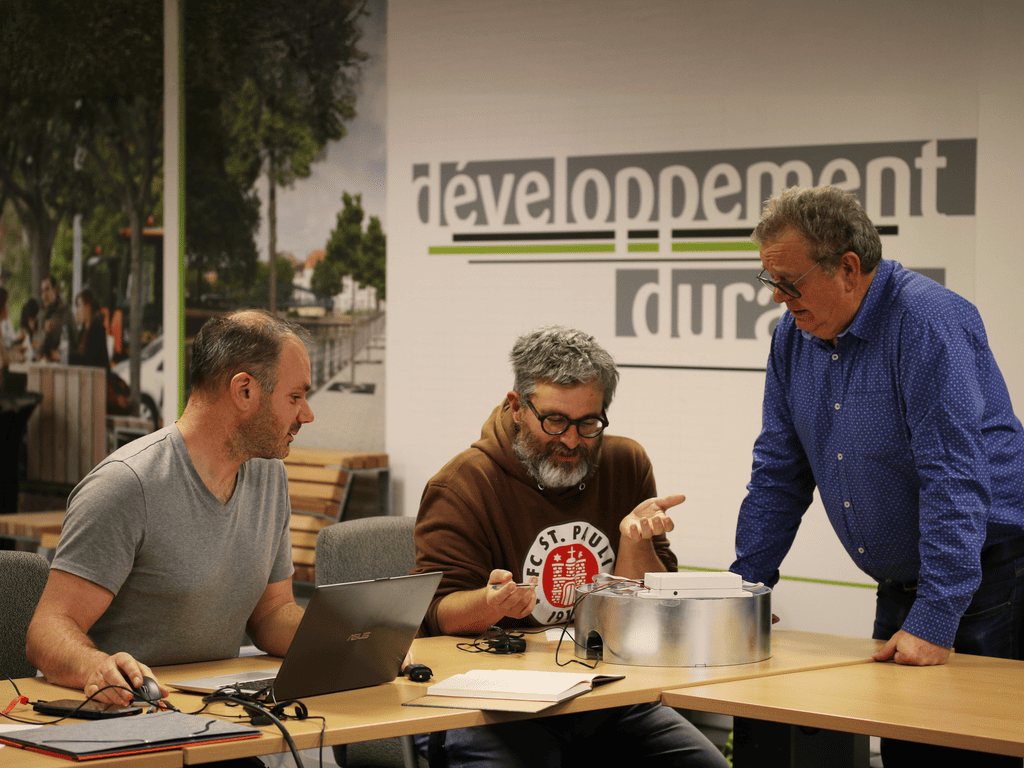

Frequently asked questions
Find the answers to the most frequently asked questions here.
We’re here to help!
SECU-RAT is an eco-responsible company specialising in the development of innovative solutions, providing support […] for your pest and rodent control efforts.
SECU-RAT aims to act upstream of infestations by monitoring and restricting access to food, thereby controlling the population before it becomes established and reproduces.
The system is being installed in an unprecedented location, where it’s needed most!
SECU-RAT’s aim is to prevent rodent populations from proliferating in the first place, in the interests of public health. We offer expertise and support tailored to each structure.
The term “litter bin” is generally associated with waste containers intended for public spaces and often used in urban cleaning contexts. It is the term most officially used by local authorities and public space professionals.
The term “dustbin” is perceived as a more general term, encompassing different types of dustbins, and is widely used by the general public.
People are talking about us
Ethics
& Safety

Rodent control in the urban environment is at the heart of a number of issues: availability of food, favourable habitats, animal ethics and the risk of exposure and poisoning of non-target species by rodenticides. By acting directly on feeding sites, it is possible to limit populations by reducing their ability to feed.
The system allows action to be taken as soon as the first rodent is detected, well before a large population develops.


